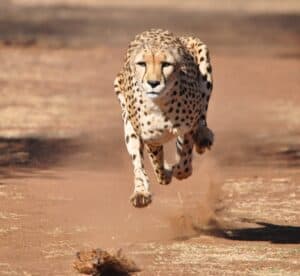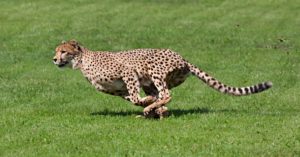Prey animals don’t have a lot of defenses to work with. Sometimes, the best they can do is run and hope they make it out alive. In this video, an antelope makes a run for it. But hot in the pursuit are a couple of speedy cheetahs.
Watch the Nail-Biting Footage Below!
How Do Cheetahs Hunt Their Prey?
Typically, cats in the wild are nocturnal predators but not cheetahs. These cats are early risers, preferring to hunt in the morning. They also spend their time hunting in the afternoon when the sun is still out. They need light to hunt because they rely on their eyesight to help them find their prey. They stand atop rocky hills and scan the landscape to see what’s available. Once they see something they want, they get closer before mobbing into a full sprint.
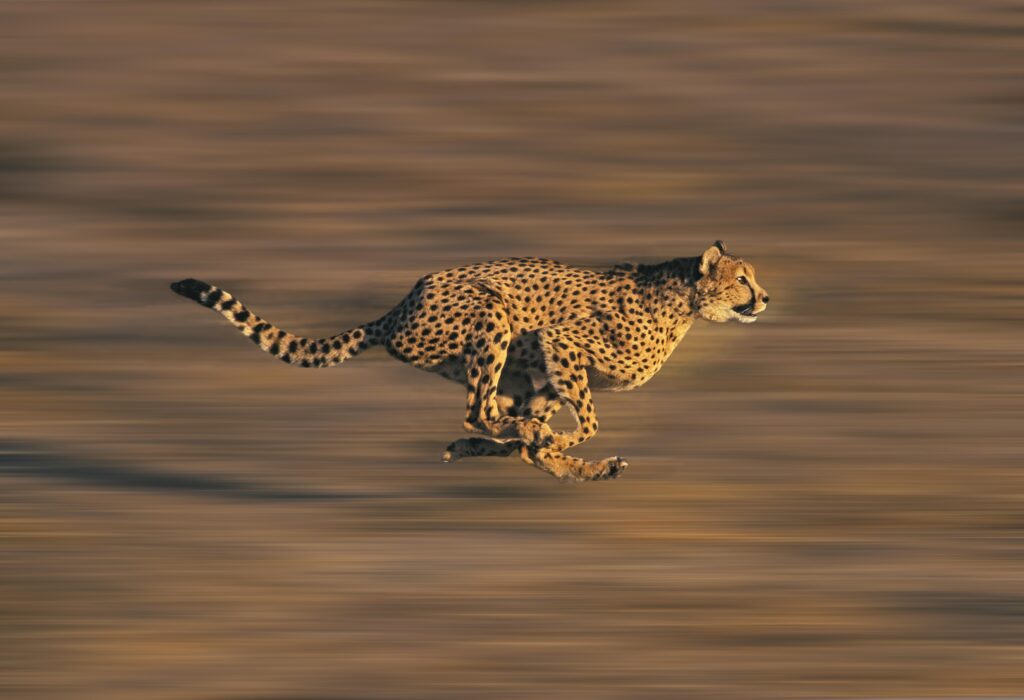
The cheetah uses its speed to chase down prey and occasionally to avoid becoming prey itself.
©iStock.com/slowmotiongli
What Survival Tactics Do Antelopes Use to Evade Predators?
Antelopes engage two primary strategies when it comes to evading predators. The first is simple. They hide. If they can’t be seen, they can’t be hunted. The other method they use to evade predators is cover. They travel together in herds and use their strength in numbers to protect one another. If a predator gets close, they have no other choice but to flee. Considering they can run up to 60 miles per hour, this is a great choice if they’re trying to get away. These animals are built to run.
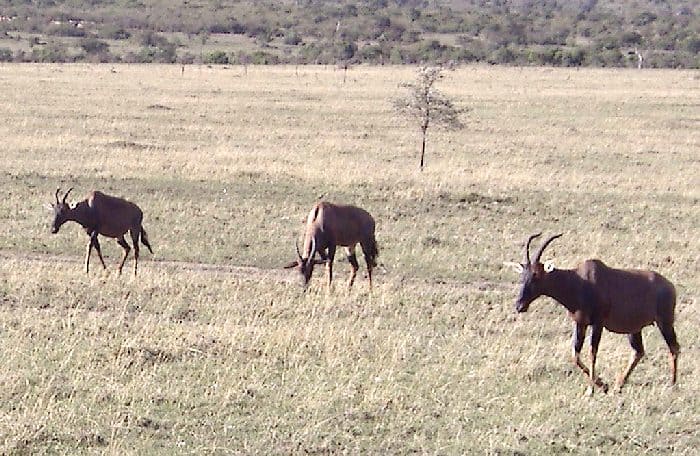
Antelopes can run up to 60 miles per hour.
©nezumi.dumousseau / Creative Commons – License
Cheetah vs. Antelope
In Kenya, there is the Maisa Mara National Reserve. Here lives a famous five-cheetah coalition known as Tano Bora. The video below highlights their prowess. When it starts, a cheetah is already in full sprint. The person holding the camera steadies it to capture the fast action. He’s zoomed in as well, which gives you a great look as the scene unfolds. The cheetah has spotted an antelope. Although the antelope is running for its life, the speed of the cheetah is incredible.
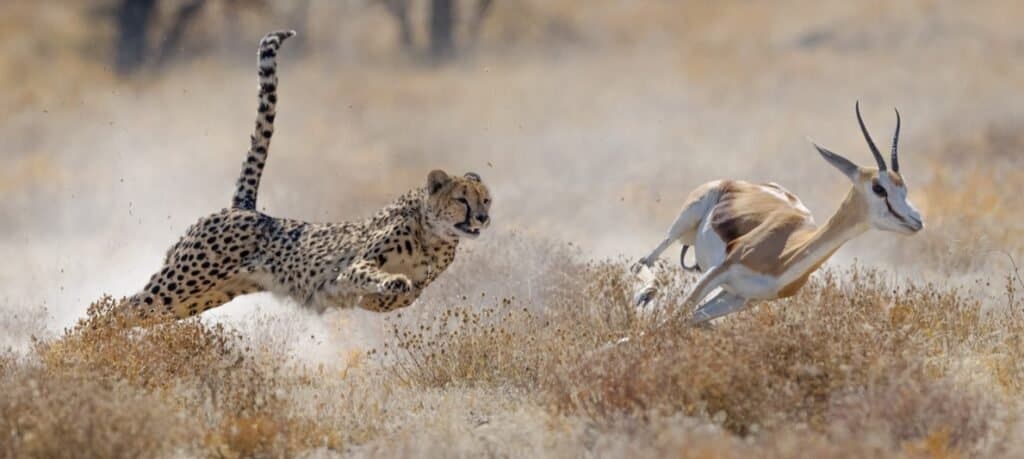
Cheetahs hunt
springbok
, antelope, rabbits, and anything else they can find.
©Elana Erasmus/Shutterstock.com
The cheetah lunges, and for a split second, it looks like it’s all over for the antelope. But it quickly turns to its left, throwing the cheetah off its tail for a moment. The cheetah approaches again and makes another attempt to take it down, but the antelope kicks back mid-run and continues forth. The antelope is impressively getting away. Just then, two more cheetahs show up. Then a fourth runs through like a missile toward the antelope. They continue the chase a little longer before slowing down, apparently letting that antelope live another day.
The photo featured at the top of this post is © Marcel Brekelmans/Shutterstock.com
Thank you for reading! Have some feedback for us? Contact the AZ Animals editorial team.



